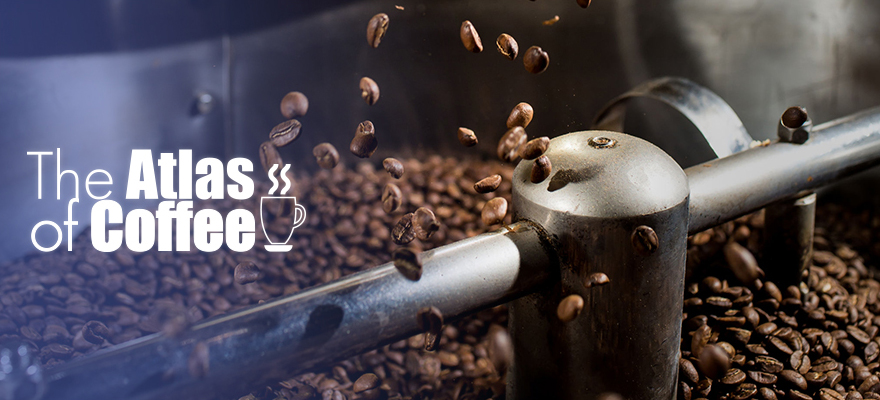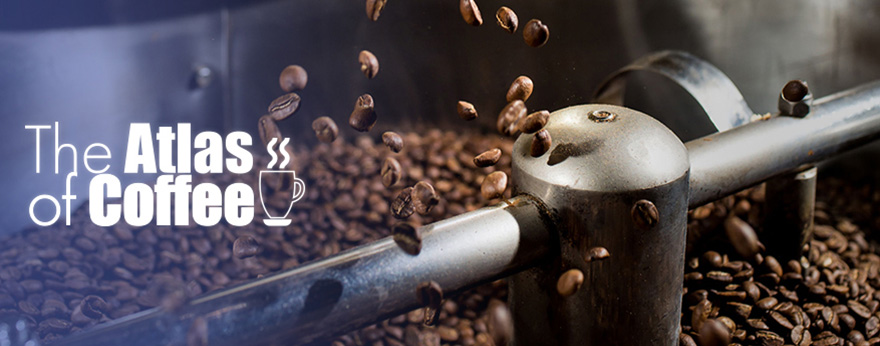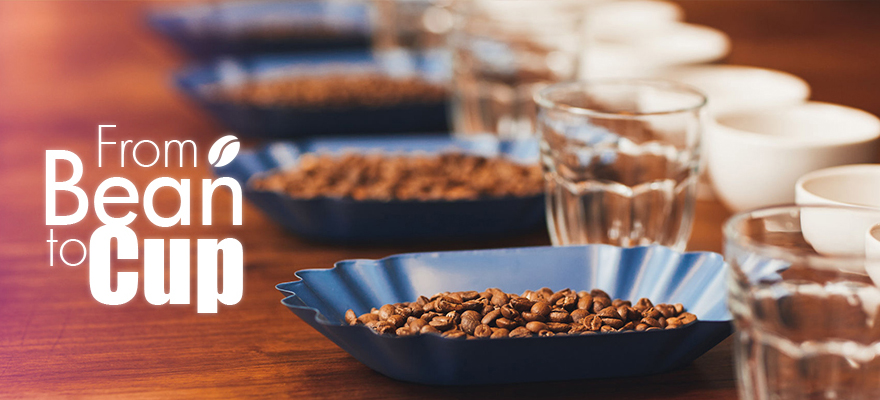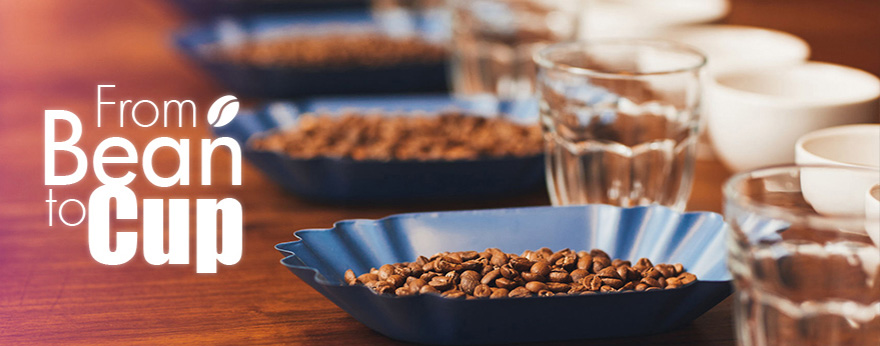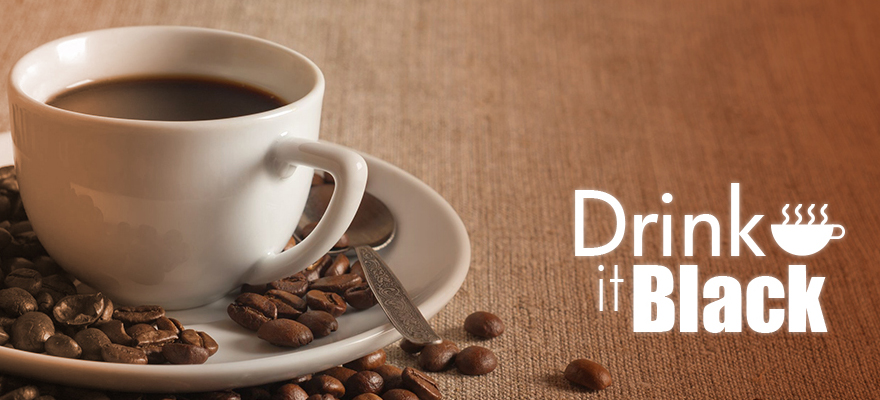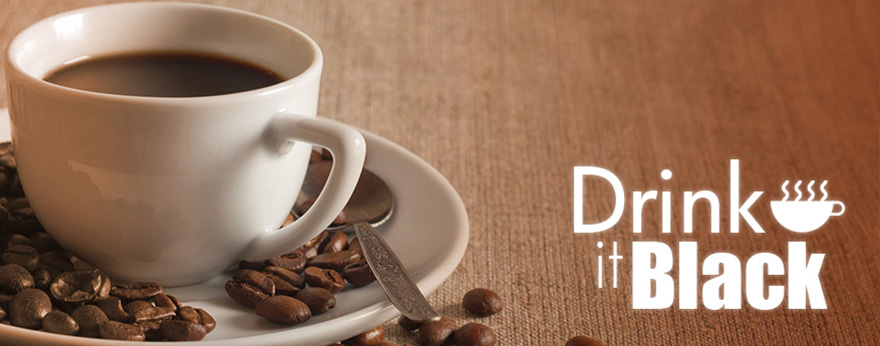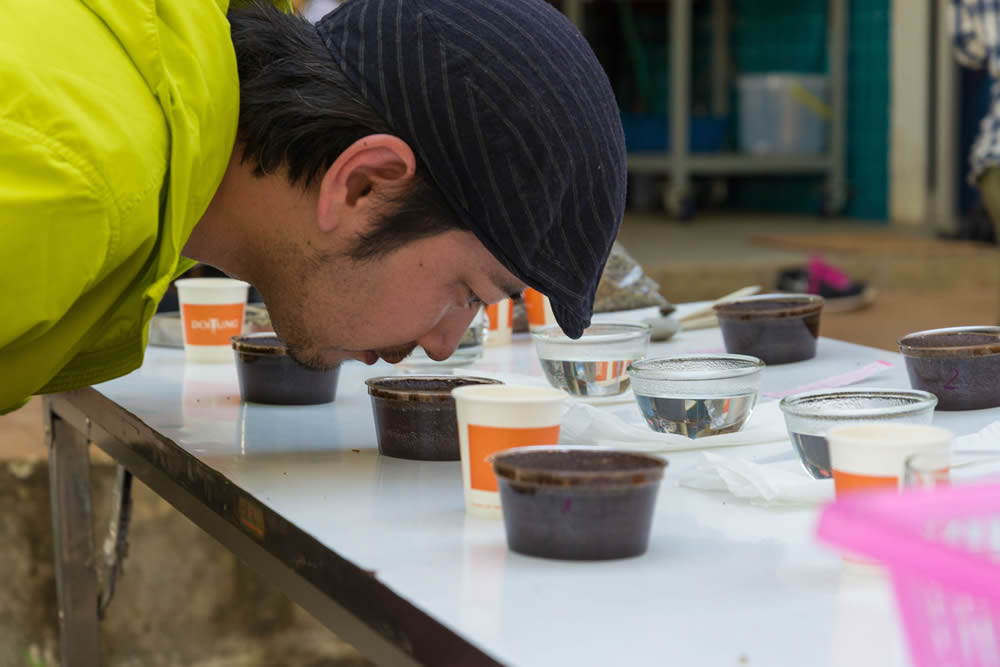Grinding
After coffee beans have been ground into powder, rapid oxidisation results from the increased surface exposure to air, and the oils contained in coffee beans generate acidity from oxidization. The method of brewing is determined by the fineness of coffee grounds. Where the brewing time of the machine is shorter, the surface of the grounds must expand for increased contact with water; conversely, if the brewing time is longer, the grounds must be coarser.
Simply put, the longer the extraction time, the coarser the grind should be to avoid over-extraction that brings out the bitter taste of coffee; the shorter the extraction time, the finer the grind should be to avoid under-extraction. The finer the grind, the more bitter the taste is; the coarser the grind, the less bitter the taste is.
The grind sizes of coffee beans are divided into approximately four types:
- Super fine grind: also known as ‘espresso grind’ and ‘Italian grind’
Grind size: similar to white sugar
Suitable brewers: Italian espresso machine, Turkish ibrik
- Fine grind:
Grind size: between white sugar and caster sugar
Suitable brewers: drip coffee maker, drip-filter and Americano
- Medium grind:
Grind size: between caster sugar and coarse sugar
Suitable brewers: vacuum coffee maker (Siphon pot), flannel drip
- Course grind:
Grind size: similar to coarse sugar
Suitable brewers: coffee press and cold coffee brewer

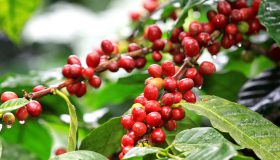
Join ISCC
Our Institute’s mission to cultivate the specialty coffee culture in Hong Kong.……………………………………………………. ………………..
Specialty Coffee
According to Specialty Coffee Association of America (SCAA), specialty coffee is hailed to be gourmet or premium coffee.…………………………..
Coffee Cupping
Similar to wine tasting, coffee cupping is the evaluation of coffee quality by such objective standards as sweetness, acidity, bitterness, aftertaste and aroma.





